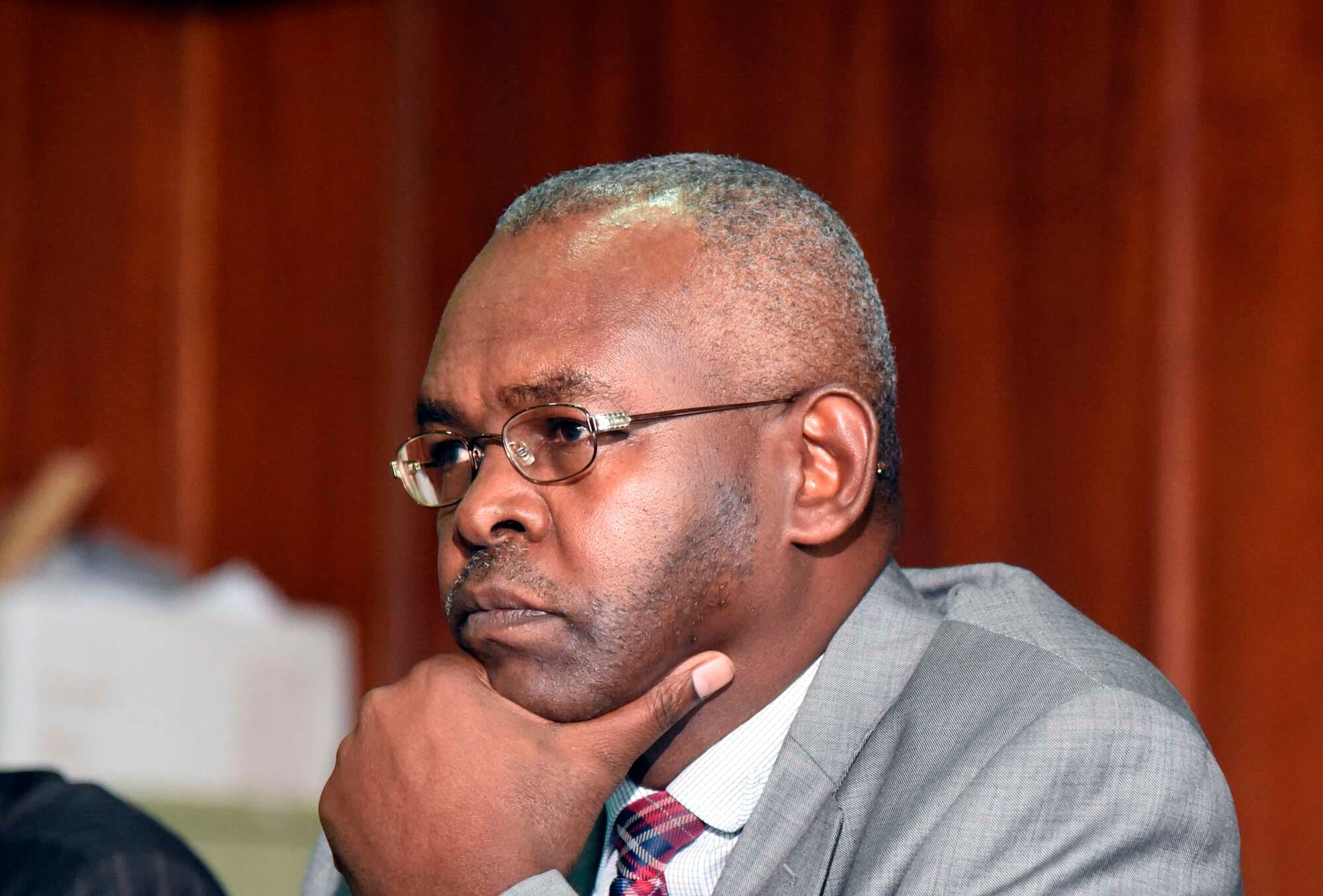Loading News Article...
We're loading the full news article for you. This includes the article content, images, author information, and related articles.
We're loading the full news article for you. This includes the article content, images, author information, and related articles.
Central Bank of Kenya Governor Kamau Thugge has issued a stark warning to Parliament: Kenya must slow its rate of borrowing and broaden its investor base to protect the economy from escalating debt distress and liquidity challenges.

NAIROBI, KENYA – Central Bank of Kenya (CBK) Governor Dr. Kamau Thugge delivered a sobering assessment of the nation's fiscal health on Wednesday, November 26, 2025, telling Parliament that Kenya faces significant liquidity challenges in servicing its burgeoning public debt. Before the National Assembly's Public Debt and Privatisation Committee, Thugge stated that while the country's debt remains sustainable, it is now at a high risk of distress, necessitating urgent measures to slow debt accumulation and diversify funding sources.
According to documents presented by the CBK, Kenya's public debt surged to KSh 11.8 trillion in the 2024/25 financial year, an 11.7% increase that has outpaced Gross Domestic Product (GDP) growth. As of June 30, 2025, the debt-to-GDP ratio stood at 69%, significantly above the 55% anchor established by the Public Finance Management Act in October 2023. This rapid accumulation is attributed to ambitious borrowing targets set to meet budgetary needs amid efforts to maintain macroeconomic stability.
The composition of the debt reveals a strategic pivot towards domestic financing. By September 2025, total public debt had crossed the KSh 12 trillion mark, with domestic debt reaching KSh 6.66 trillion against external debt of KSh 5.39 trillion. This shift aims to mitigate exposure to foreign exchange risks, a major source of vulnerability in previous years. However, this increased reliance on the domestic market has raised concerns about rising interest costs and the potential crowding out of private sector investment.
Data from the National Treasury shows that domestic debt grew by 17% to KSh 6.33 trillion (37% of GDP) by June 30, while external debt rose by 6.1% to KSh 5.5 trillion (32.1% of GDP). Governor Thugge noted that while domestic debt repayment performance was perfect between the 2014/15 and 2020/21 financial years, it has since slackened, underscoring the mounting repayment pressures.
Despite the debt concerns, Kenya's economy is projected to show resilience. The World Bank in November 2025 raised its 2025 growth forecast for Kenya to 4.9%, citing a recovery in the construction sector, low inflation, and improved credit growth. The International Monetary Fund (IMF) also projects real GDP growth of 5.0% for both 2025 and 2026. However, these institutions warn that fiscal vulnerabilities remain a significant threat to the economic outlook.
To navigate these challenges, Governor Thugge outlined a multi-pronged strategy focused on fiscal consolidation. He stressed the need to reduce the pace of debt accumulation to lower the debt-to-GDP ratio. Key recommendations presented to the committee include:
These measures are aligned with the government's 2025 Medium-Term Debt Management Strategy (MTDS), which aims to minimize borrowing costs and risks. The strategy, approved by the National Assembly in March 2025, targets a reduction of the debt-to-GDP ratio to the 55% threshold by 2028 through a mix of domestic and external borrowing, with an emphasis on lengthening the maturity profile of public debt.
The high level of public debt has tangible consequences for the Kenyan public. A significant portion of government revenue is now allocated to debt servicing, which can crowd out spending on essential public services like healthcare and education. The increased domestic borrowing also puts upward pressure on interest rates, making credit more expensive for businesses and individuals.
International credit rating agencies, including S&P, Fitch, and Moody's, have previously raised concerns about Kenya's ability to manage its debt repayments, assigning ratings that reflect a high risk of distress. Governor Thugge's call for fiscal prudence, combined with the MTDS framework, represents a critical effort by policymakers to stabilize the nation's finances, ensure long-term economic growth, and mitigate the risks posed by the current debt trajectory.
Keep the conversation in one place—threads here stay linked to the story and in the forums.
Other hot threads
E-sports and Gaming Community in Kenya
Active 6 months ago
Popular Recreational Activities Across Counties
Active 6 months ago
Investing in Youth Sports Development Programs
Active 6 months ago
The Role of Technology in Modern Agriculture (AgriTech)
Active 6 months ago